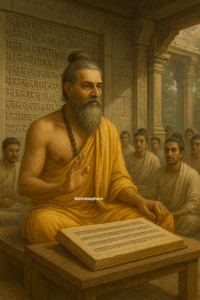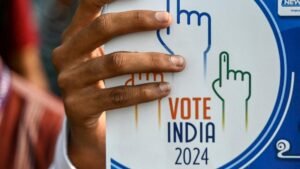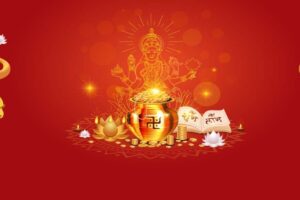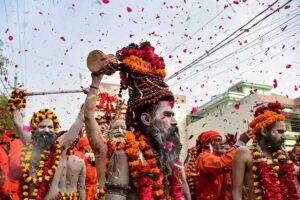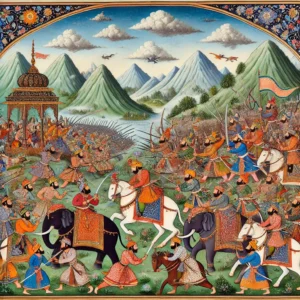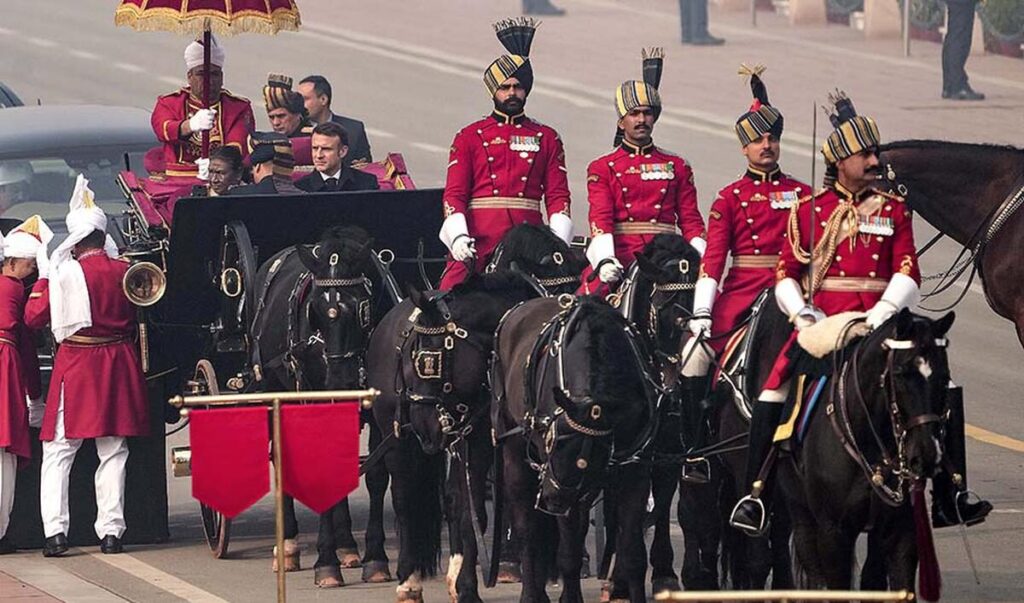
Why is Republic Day celebrated in India on 26th January?
Republic Day, celebrated on 26th January, marks a defining moment in India’s history. It was on this day in 1950 that India officially adopted its Constitution, transitioning from a dominion under British rule to a sovereign republic. The day is observed with grandeur and patriotism across the nation, reflecting the pride and unity of its citizens.
Historical Significance
Republic Day commemorates the enforcement of the Constitution of India, which replaced the Government of India Act 1935. The journey to this milestone began after independence on 15th August 1947, when a Constituent Assembly was formed to draft the Constitution. After almost three years of deliberations, led by stalwarts like Dr. B.R. Ambedkar, the document was finalized on 26th November 1949 and came into effect on 26th January 1950.
The choice of this date was symbolic—it honored the declaration of Purna Swaraj (complete independence) made on 26th January 1930 during the Lahore Session of the Indian National Congress.
How Republic Day is Celebrated
The festivities kick off with the Republic Day Parade, held at Rajpath (now Kartavya Path) in New Delhi. The event showcases India’s military strength, cultural diversity, and technological achievements. Highlights of the parade include:
- Military Might: A display of India’s advanced defense equipment and regiments of the armed forces marching in perfect harmony.
- Cultural Tableaux: Floats representing the traditions, festivals, and achievements of various states and Union Territories.
- Bravery Awards: Honoring children and citizens who have displayed acts of courage and valor.
- Air Show: Fighter jets perform breathtaking stunts, leaving the crowd in awe.
The event also features the presence of the President of India, the ceremonial head of state, who unfurls the Tricolor and takes the salute. A foreign dignitary is invited as the chief guest, a tradition symbolizing India’s diplomatic relationships.
Famous Republic Day Chief Guests
Since its inception, the Republic Day parade has been graced by prominent world leaders, reflecting India’s evolving diplomatic ties. Some notable chief guests over the years include:
- 1950 – President Sukarno of Indonesia: The first Republic Day chief guest, symbolizing India’s camaraderie with fellow Asian nations.
- 1961 – Queen Elizabeth II: Her presence marked the enduring relationship between India and the UK, despite its colonial history.
- 1974 – President Josip Tito of Yugoslavia: A pivotal figure in the Non-Aligned Movement, emphasizing India’s global positioning during the Cold War.
- 2015 – President Barack Obama of the United States: His visit signified deepening India-US ties in the 21st century.
- 2018 – Leaders of ASEAN nations: Breaking tradition, 10 heads of state from ASEAN countries attended, underscoring India’s “Act East” policy.
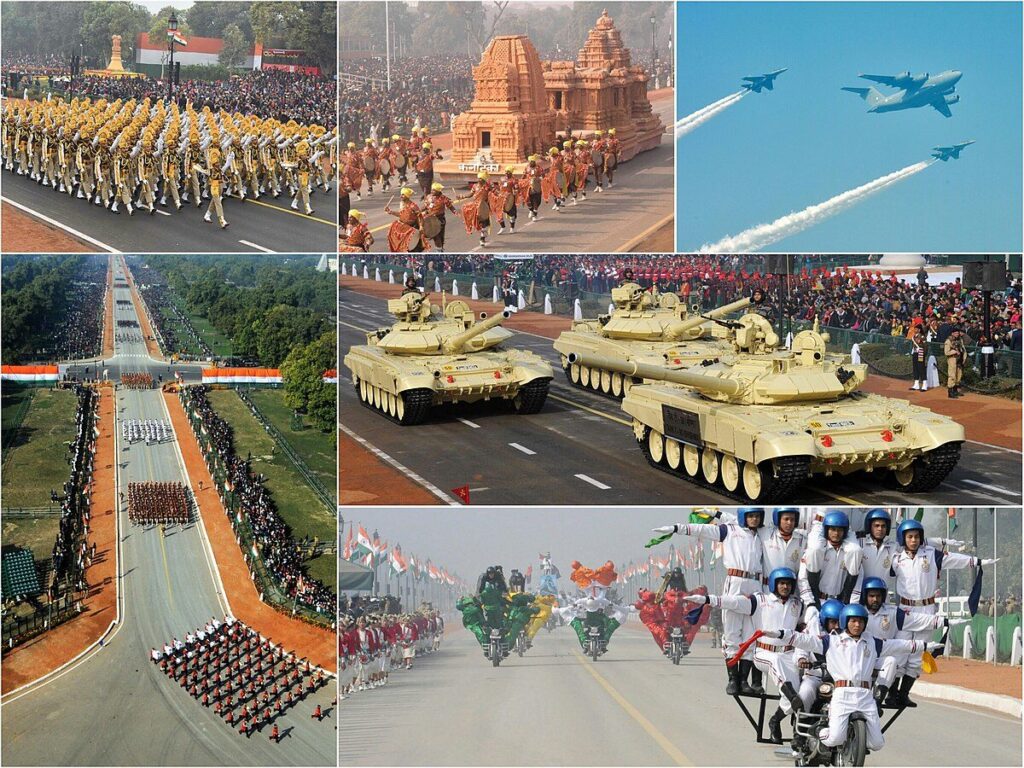
Cool Facts About the Republic Day Parade
The Republic Day Parade in India is one of the most magnificent and iconic celebrations globally. Here are some fascinating facts about this grand event:
- The First Parade in 1950: The very first Republic Day Parade was held at Irwin Amphitheatre, now known as Major Dhyan Chand National Stadium. It moved to Rajpath in 1955, where it has been held ever since.
- Longest Preparation Period: Preparations for the parade begin months in advance. Participants, including soldiers, cultural performers, and musicians, rehearse tirelessly to ensure a flawless execution.
- Tableaux Are Built on the Move: The colorful tableaux representing Indian states, ministries, and government initiatives are crafted on moving vehicles, taking 6 months to design and build.
- Female Trailblazers: Over the years, women have achieved many historic firsts in the parade:
- 2003: Captain Tanya Shergill became the first woman to lead an all-men contingent.
- 2019: Lieutenant Bhavana Kasturi led an all-men Army Service Corps contingent for the first time.
- The Republic Day Flypast: The parade concludes with a breathtaking flypast by the Indian Air Force. Fighter jets like the Sukhoi Su-30 MKI and Rafale perform aerial maneuvers, including the famous “Vertical Charlie” formation.
- Beating Retreat Ceremony: The celebrations conclude on 29th January with the Beating Retreat Ceremony, a mesmerizing event featuring military bands playing patriotic tunes and ending with the lowering of the national flag.
The Military March: Regiments, Cavalry, and More
One of the grandest and most anticipated segments of the Republic Day Parade is the military march, where India’s armed forces proudly showcase their discipline, strength, and heritage. This section dives deep into the various regiments and contingents that participate, each contributing a unique element to the parade’s splendor.
Participating Regiments of the Indian Armed Forces
- Mechanized Infantry Regiment
- The Mechanized Infantry Regiment, often referred to as the “backbone of the modern battlefield,” showcases its advanced infantry combat vehicles like the ICV BMP-II (Sarath). These vehicles symbolize India’s focus on mobility and firepower, forming a critical part of the nation’s land warfare strategy.
- Armoured Corps
- Representing the heavy-duty armored strength of the Indian Army, the Armoured Corps brings formidable tanks such as the T-90 Bhishma, T-72 Ajeya, and the indigenously developed Arjun Main Battle Tank. These tanks are often a centerpiece, eliciting pride and awe among spectators.
- Artillery Regiments
- The artillery contingents display long-range precision weapons, including the Pinaka multi-barrel rocket launchers, K9 Vajra self-propelled howitzers, and the Nag Missile System (NAMIS). This powerful show of weaponry underlines India’s focus on technological advancement in defense.
- Camel Contingent of the Border Security Force (BSF)
- The majestic camel-mounted soldiers of the BSF are a unique and iconic feature of the parade. Adorned in vibrant traditional uniforms with elaborately decorated camels, this contingent represents the vigilance of India’s border guards, especially in desert regions like Rajasthan.
- 61st Cavalry Regiment
- This ceremonial unit is one of the last operational horse-mounted cavalry regiments in the world. Established in 1953, the 61st Cavalry’s troopers appear in dazzling uniforms, showcasing the military traditions inherited from India’s princely states. Their synchronized movements are a visual delight and a nod to India’s military heritage.
- President’s Bodyguard (PBG)
- The President’s Bodyguard is the oldest and most prestigious regiment in the Indian Army, formed in 1773. Mounted on majestic horses and dressed in resplendent uniforms, this regiment leads the President’s convoy and performs ceremonial duties with unmatched precision.
- Army Service Corps (ASC) Motorcycle Display Team
- Known as the Tornadoes, this team is famous for its daredevil stunts on motorcycles. They perform gravity-defying feats like forming human pyramids, riding through fire, and creating intricate formations while on the move. This display of bravery and teamwork is a crowd favorite.
- Marcos (Marine Commandos)
- Representing the Navy’s elite special forces, Marcos contingents often march with their specialized equipment, showcasing their amphibious warfare capabilities.
- Garud Commandos
- The Indian Air Force’s special operations unit, the Garud Commandos, adds another layer of sophistication to the military march. Equipped with advanced weaponry, they reflect the Air Force’s cutting-edge capabilities.
- Para Special Forces
- The Parachute Regiment, known as the Para SF, represents India’s elite airborne forces. Their impressive march highlights their motto of “Shatrujeet” (The Conqueror).
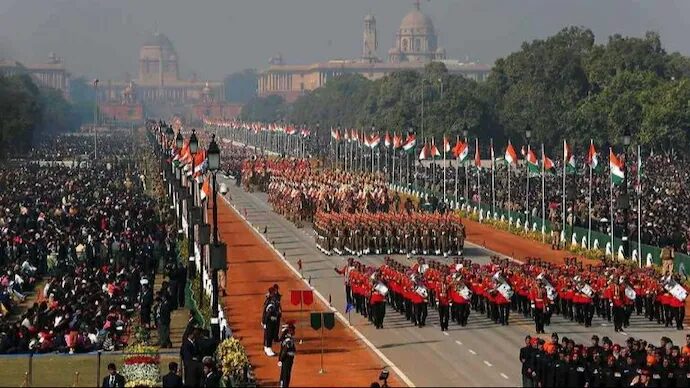
Special Displays and Contingents
- Military Bands
- Regimental bands, dressed in traditional attire, provide the musical rhythm for the march. Their stirring renditions of patriotic tunes like “Sare Jahan Se Achha” and “Kadam Kadam Badhaye Ja” add to the pageantry of the parade.
- Naval Contingents
- The Navy’s contingents display advanced equipment like models of aircraft carriers (INS Vikrant) and submarines. Sailors, dressed in crisp white uniforms, reflect the maritime strength and discipline of the Indian Navy.
- Air Force Contingents
- Marching contingents of the Air Force highlight their aerial prowess. They often showcase models of their latest fighter jets like the Rafale, transport aircraft, and helicopters like the Apache and Chinook.
- Coast Guard Contingents
- The Indian Coast Guard contingent highlights their role in coastal security and disaster response.
The Beating Retreat Ceremony
The parade and military march culminate in the Beating Retreat Ceremony on 29th January. During this event, bands from various regiments play patriotic tunes such as “Abide With Me” (said to be Mahatma Gandhi’s favorite hymn) and “Sare Jahan Se Achha”. The lowering of the flag and the synchrony of lights add a magical conclusion to the Republic Day celebrations.
The military march at the Republic Day Parade is more than just a display of power—it is a celebration of discipline, unity, and the diverse traditions of India’s armed forces. Each contingent, from the tanks and camels to the cavalry and daredevil bikers, brings a unique essence to this spectacular event, leaving spectators and viewers inspired by the courage and dedication of the men and women in uniform.


